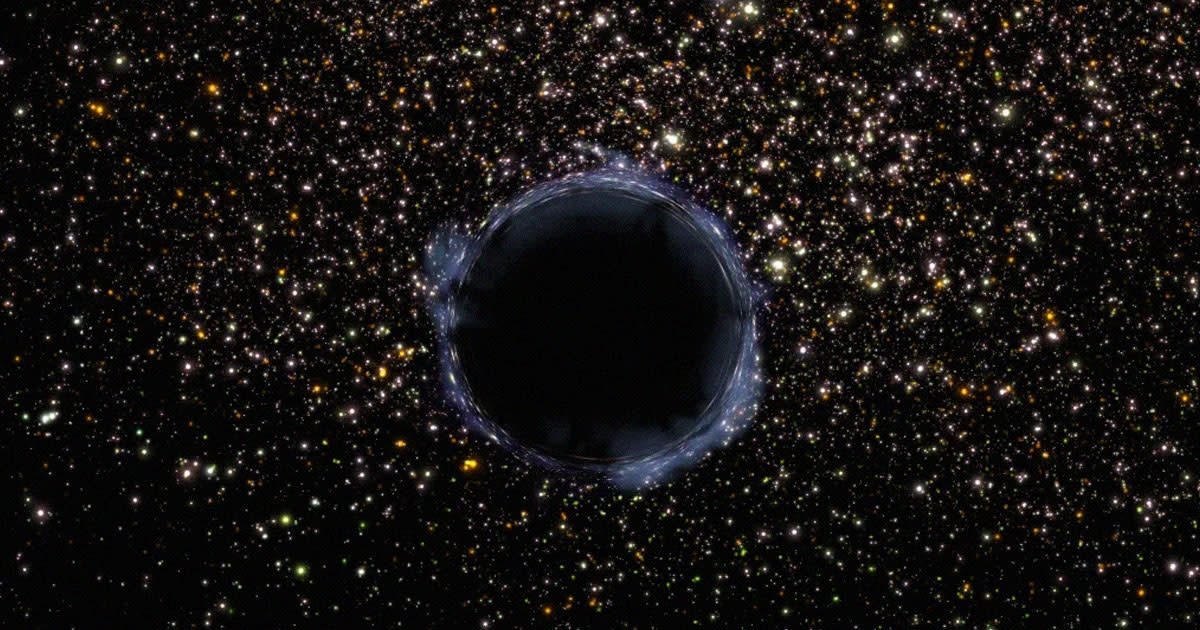Our Galaxy Appears to Be in a Huge Empty Void

- Oops!Something went wrong.Please try again later.
Enter the Void
For almost a century, astronomers have been using the Hubble-Lemaitre constant to explain the accelerating expansion of the universe, an intrinsic piece of the puzzle that supports the Big Bang theory.
In simple terms, the idea is that the speed at which galaxies move away from each other is directly proportional to how far apart they are.
But actual observations have revealed critical discrepancies, throwing scientists for a loop. This ensuing "Hubble tension" has inspired many researchers to come up with proposed solutions, but so far none has been particularly satisfying to the broad scientific community.
Now, researchers from the University of Bonn in Germany and St Andrews in Scotland say they've come up with a clever new solution.
Their new theory is predicated on recent observations that suggest our solar system is located in a region where there's relatively little matter as compared to other corners of the known universe, akin to an "air bubble in a cake," according to a press release — basically a big void where stuff is much less dense than it is elsewhere in the universe.
Hubble Bubble
The researchers came to their conclusion by studying how fast relatively close supernovae move away from the Earth. By calculating their speed, the team arrived at an entirely different value for the Hubble-Lemaitre constant.
"The universe therefore appears to be expanding faster in our vicinity — that is, up to a distance of around three billion light years — than in its entirety," explained astrophysicist and University of Bonn professor Pavel Kroupa, coauthor of a new paper published in the journal Monthly Notices of the Royal Astronomical Society, in the statement.
The conclusion could help explain why astronomers recently observed that there was a local "under-density" in our region of space.
"That’s why they are moving away from us faster than would actually be expected," added University of St. Andrews research fellow and coauthor Indranil Banik.
Since the current standard model doesn't account for these "bubbles," the researchers suggest we should reexamine some fundamental laws that date back over 100 years.
"The standard model is based on a theory of the nature of gravity put forward by Albert Einstein," Kroupa said. "However, the gravitational forces may behave differently than Einstein expected."
As a result, the team has come out in support of "modified Newtonian dynamics," which were originally proposed by Israel physicist Mordehai Milgrom in 1982.
In theory, the idea could make the Hubble tension disappear altogether. But it'll need to withstand a storm of scientific scrutiny first.
More on the cosmological constant: Scientist Says Universe Expansion May Be an Illusion

